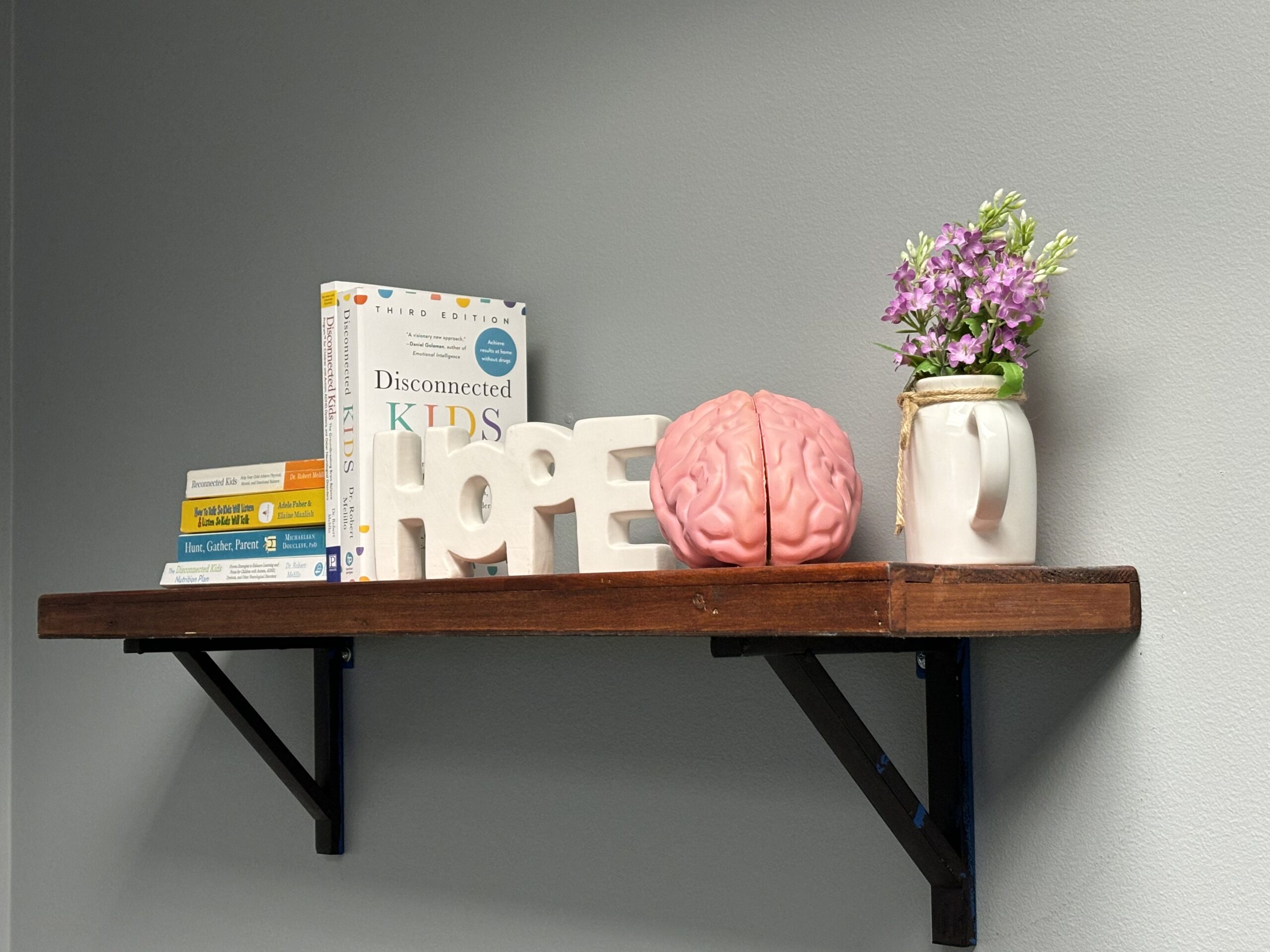With Mental Health, history shows us where we’ve come from and where we may be stuck
By Dr. Timothy Beck, Ph.D.
We’ve all heard the horror stories about people with mental health issues; the bi-polar woman who goes from mania to elation and can’t get their life together, the autistic child whose tantrums cause physical injury, the ADHD kid who is like a zombie on medication to name a few. These are common stories, but perhaps not the norm.
With the growing population of neurodiversity, mental health is becoming more mainstream and well known. But it wasn’t always this way.
Autism, for example, has been around since 1911 and the first person to be diagnosed was in 1943 by psychiatrist Leo Kanner in a paper he published describing 11 children with behaviors he termed “early infantile autism,” marking the first recognition of autism as a distinct condition. Back then, people diagnosed with autism were institutionalized away from the general public. Children with autism were given experimental behavioral treatments such as electric shocks and anti-psychotic drugs.
In the 1960’s, what it meant to have autism changed and children with autism were thought to have unique impairments that required new educational methods and rights.
This led to behaviorism as a popular approach to treating autism. This practice, an early form of Applied Behavior Analysis (ABA), used rewards and punishments to modify behavior. Other treatments that were tried include sensory integration therapy, facilitated communication, and chelation therapy. However, none of these treatments have been shown to be effective in treating autism, and some can even be harmful.
ABA techniques were refined to be more child-friendly and less punitive in the 1980’s. Pivotal Response Treatment (PRT), a naturalistic form of ABA, was developed to enhance motivation and responsiveness in children with autism.
Today, ABA therapy remains a cornerstone of autism treatment, with adaptations like PRT focusing on pivotal developmental areas. Speech and Occupational therapy have also been used to address communication challenges and improve daily living skills as have Social Skills Training to enhance social interactions and understanding. Finally, medications may be prescribed to manage specific symptoms such as anxiety, attention deficits, or irritability, but they do not address the core characteristics of autism.
Attention Deficit Disorder (ADD) and Attention Deficit Hyperactivity Disorder (ADHD) were first discovered in 1902, though it was thought to be a simple “behavioral issue”. Stimulants were first used to treat ADD/ADHD in 1930, but when the Diagnostic and Statistical Manual of Mental Disorders (DSM) was first published in 1952, ADD/ADHD was not recognized. In fact, ADD didn’t become a formal diagnosis until 1980 and became ADHD in 1987.
In the 50’s, ADHD was known as Minimal Brain Dysfunction Syndrome and the usual treatment was with stimulants such as Benzedrine and Ritalin. In the early to mid 70’s, amid controversy over the use of stimulants to treat ADHD, some doctors postulated that ADHD was caused by diet adding to the backlash against using stimulants to treat ADHD. Stimulants continued to be used however, and studies in the late 70’s showed a positive response.
Dyslexia, first known as “word blindness” was originally identified in 1877. In the 1930’s treatment for dyslexia was educational in nature, focusing on a multi-sensory approach that teaches letter sounds and breaks words down into letter patterns.
At that same time, Dr. Harold N. Levinson, a well-known psychiatrist and neurologist, developed a unique and controversial theory about dyslexia. He proposed that dyslexia and related learning disorders are not primarily rooted in brain or visual problems but are instead linked to dysfunction in the inner ear, which plays a key role in balance, coordination, and sensory integration. Dr. Levinson’s theory has been met with skepticism within the scientific and medical communities. Critics argue that his claims lack robust empirical evidence from large-scale, peer-reviewed studies. In fact, most mainstream theories of dyslexia attribute it to neurological differences in language processing areas of the brain, rather than inner-ear dysfunction and some studies suggest the mainstream view is the more accurate one.
The treatment options for these and other neurological issues haven’t changed much since those early days. What they all have in common is they are treated as psychological issues instead of neurological conditions despite more than two decades of research to the contrary.
In fact, in the same time frame, neuroscience has made significant strides in understanding and addressing those same neurological conditions. Neurogenomic research, the study of how the genome of an organism influences the development and function of its nervous system, has shown some genetic predisposition for schizophrenia, bi-polar disorder, and autism spectrum disorder (ASD). Neuroimaging technologies, such as functional magnetic resonance imaging (fMRI) and positron emission tomography (PET), have allowed us to get detailed visualizations of brain structures and functions, enabling the identification of atypical neural patterns in individuals with ASD, ADHD, and dyslexia, leading to more accurate diagnoses. In fact, neuroimaging clearly shows the imbalance of activity for people with neurological conditions compared with their neurotypical peers.
Given all this advancement then, why do we continue to treat these conditions with medication and psychological therapies?
For some, the answer may be, “if it ain’t broke, don’t fix it”. After all, if the symptoms are gone, so is the issue, right? Or perhaps, if the treatment worked in the past, it will work now.
For others, no treatment is better than the current treatment options. This may come from the neurodiversity movement, which recognizes neurological conditions as a natural variation of human neurology. As a result, this perspective advocates acceptance and accommodation rather than focusing solely on treatment or management of the disorder.
Those who prefer no treatment over managing the issue may have a point. After all, the current methods don’t work. Medication simply masks the problem and has an effective life of about fourteen months once the dosage is correct. The various therapies we might use to combat the symptoms of a neurological condition have a similar time frame before they cease being effective.
There is hope.
In the early part of this century, Dr. Robert Melillo hypothesized, based on years of research and clinical observation, that many neurodevelopmental disorders stem from functional disconnections between the brain’s hemispheres. He compiled all his research into a textbook entitled “Neurobehavioral Disorders of Childhood: An Evolutionary Perspective“, which he published with Gerry Leisman in 2004. This textbook is still used today to describe developmental disabilities.
Building on his research, Dr. Melillo co-founded Brain Balance Achievement Centers, implementing his methodologies to assist children with learning and behavioral challenges. Today there are more than 90 centers in the United States that help children who are “high functioning” live near normal lives.
In 2009, with several years of success under his belt, he published the best-selling book “Disconnected Kids” that outlines the Melillo Method® and provides guidance for parents and practitioners. This book is now in its third edition and is still a bestseller.
Wanting to work on harder cases such as non-verbal autism, Dr. Melillo left Brain Balance Achievement Centers around 2019 to focus on research and developing the Melillo Method®, an integrative approach to neurodevelopmental disorders, correcting functional brain imbalances through personalized, non-invasive interventions.
Over the years, Dr. Melillo and his research partners have published almost 200 research papers on the various aspects of developmental disorders, including a seminal paper that effectively proves in a double-blind study the efficacy of his work.
The Melillo Method® is grounded in the principles of functional neurology, emphasizing the brain-body connection. The key aspects of the treatment are:
- Assessment: Comprehensive neurological evaluations to identify specific areas of brain imbalance.
- Targeted Stimulation: Utilizing sensory inputs such as light, sound, and movement to activate underdeveloped brain regions.
- Physical Exercises: Incorporating balance and coordination activities to enhance neural connectivity.
- Nutritional Guidance: Providing dietary recommendations to support optimal brain function.
- Lifestyle Modifications: Implementing behavioral strategies to promote overall well-being.
Dr. Melillo’s holistic, personalized program has been used on thousands of patients over the years with amazing results. From non-verbal autism and ADHD to learning and processing disorders, the Melillo Method® provides real, measurable results.
Dr. Melillo has trained many clinicians around the world in his method and continues to provide support for them. In the state of North Carolina, there are three such centers the specialize in the Melillo Method®, including one here in Eastern North Carolina, NeuroFiT Connections.
Discover more about this innovative approach: http://neurofitconnections.com/DiscoverMore






